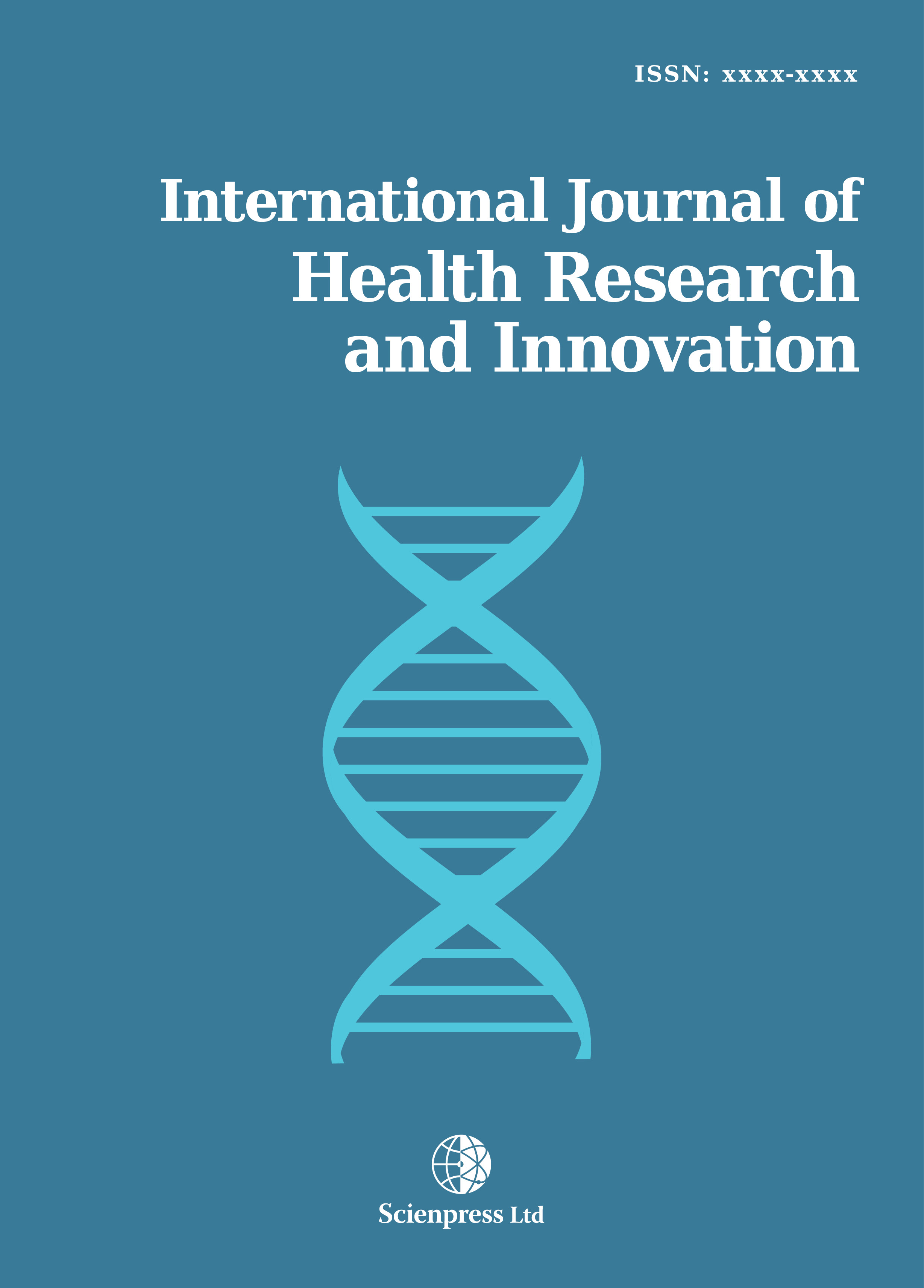International Journal of Health Research and Innovation
Pattern of National and International Importation of Malaria Infection: Jeddah Province, Saudi Arabia
-
 [ Download ]
[ Download ]
- Times downloaded: 11079
-
Abstract
Background: understanding the epidemiological characteristics of imported malaria help the workers in the field of international health as well as the decision makers to establish a comprehensive strategies for the prevention and control of imported as well as local malaria. Aim and Objectives: the study aim to describe epidemiological pattern of malaria cases in terms of seasonal variation, commonest causative parasite as well as identifying both external and internal original source of infection in Jeddah Governorate at western region of Kingdom Saudi Arabia. Methods: through a retrospective study design, all records of confirmed cases of malaria between 1998 and 2006 were obtained from the Health Directorship of the Ministry of Health and vector control department in Jeddah Province (n= 2210). Data were collected through a constructed checklist; coded and analyzed using Statistical Package for Social Science version 20.0 (SPSS program). Result: The epidemiological curve showed sharp decline in the number of confirmed cases starting in 1998 and continued till 2000 where the curve showed sloppier trend till 2004 then plateau at low level till 2006, the curve pointed to salient bimodal seasonal elevations on February and October. Most of the internationally imported cases in the period from 1998 to 2002 were from Sudan, in contrast with the period from 2003 to 2006 where most of the cases were imported from Yemen. Locally, most cases were imported from Gizan in the south western region of the Kingdom. Conclusion: The study illustrates that malaria prevalence in Jeddah has shown a remarkable decrease in recent years, probably due to active malaria control program. Most of internationally imported cases come from Sudan (51.6%), but starting from year 2003, cases from Yemen become more, that might be attributed to the increased number of Yemeni workers than Sudanese in the western region due to the shared borders and some of them are entering the Saudi borders illegally. The most prevalent organisms is Plasmodium Falciparum.
